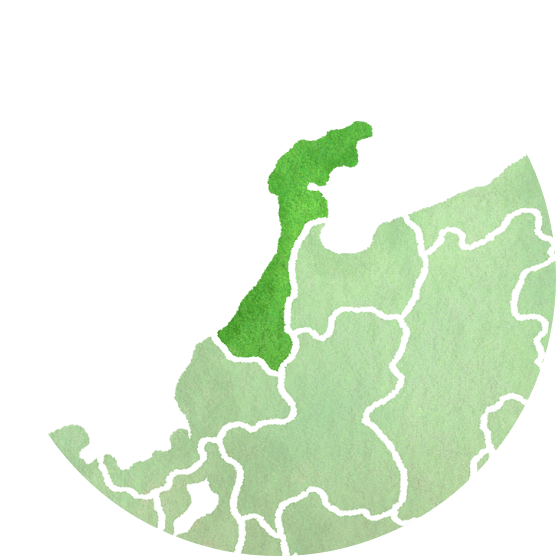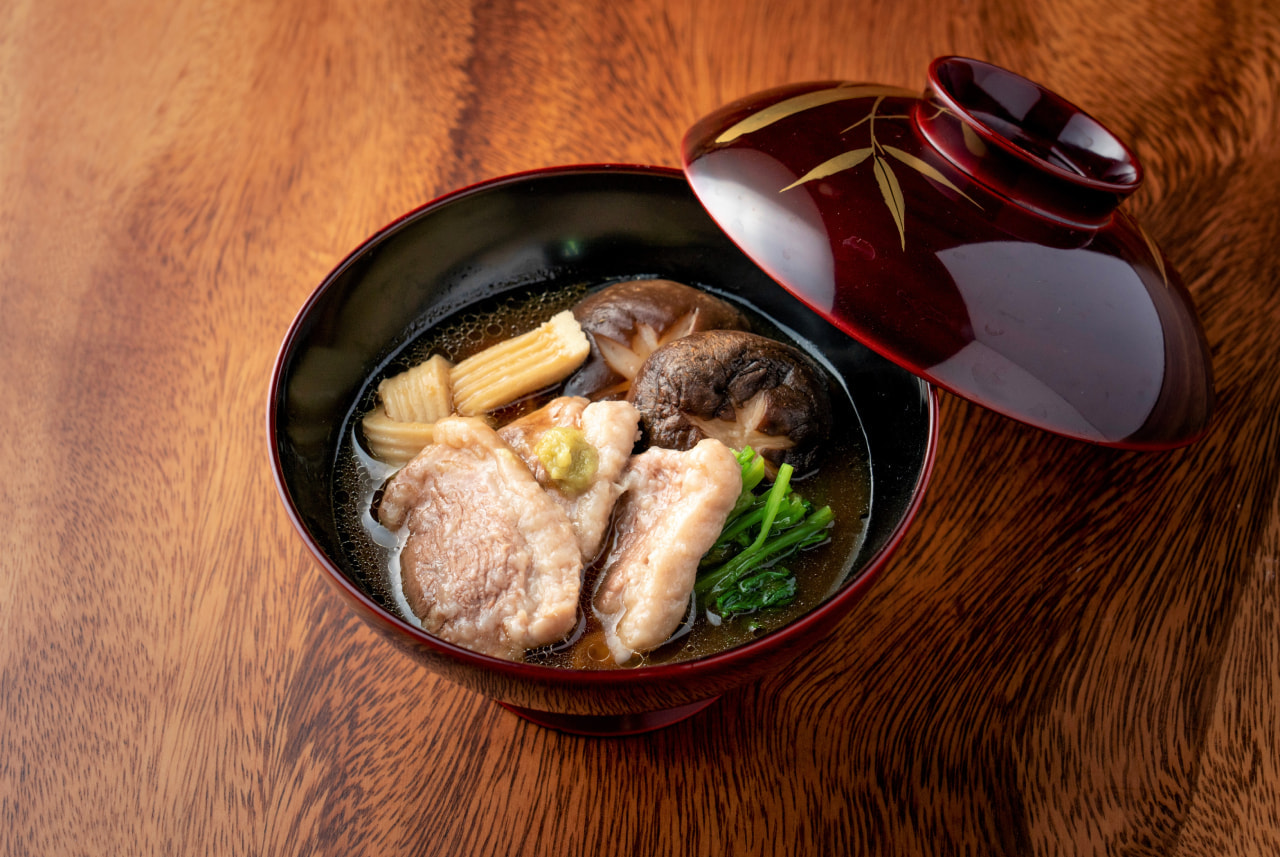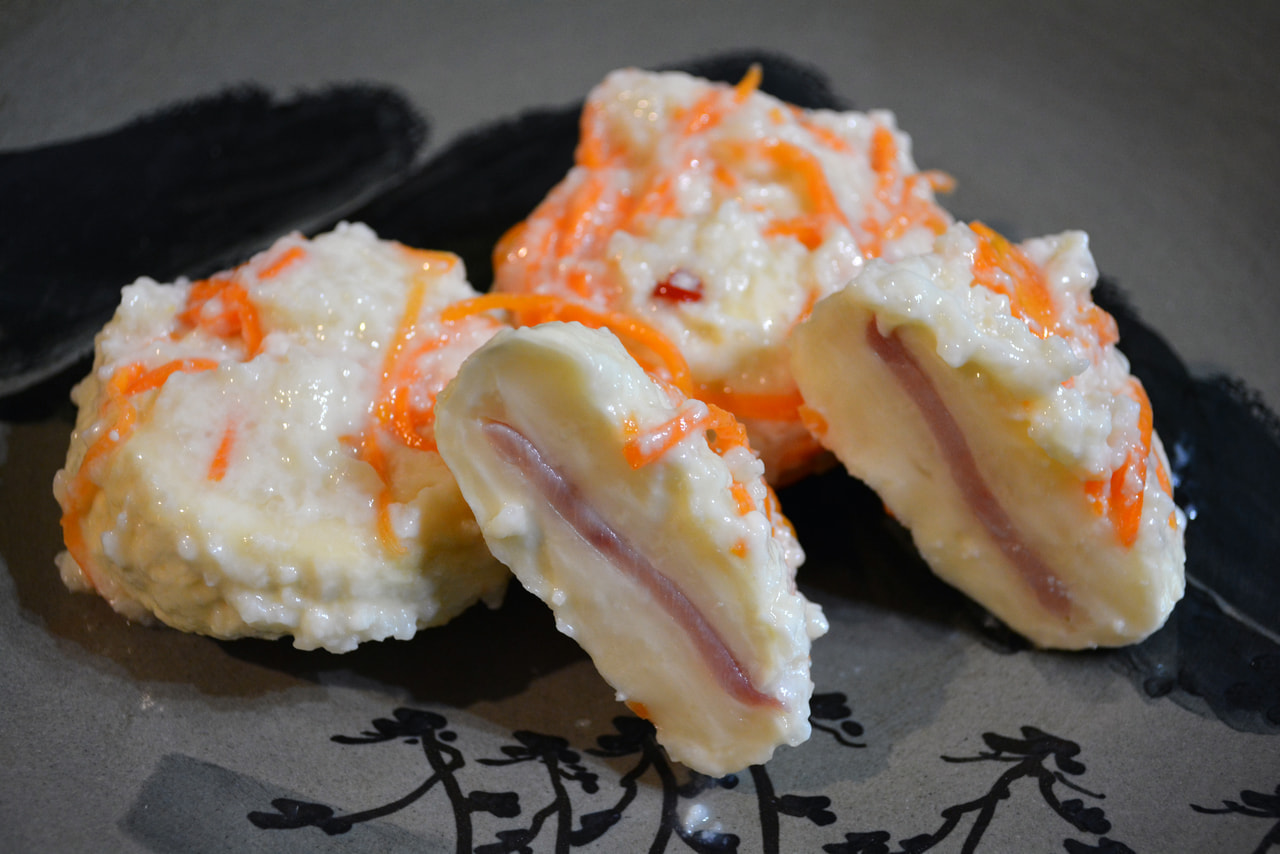Jibuni is a traditional regional dish from Ishikawa Prefecture.
It is made by simmering duck meat, sudare-fu (a type of soft wheat gluten unique to this prefecture), and seasonal vegetables. The duck meat is dusted with flour to thicken the broth, which is a defining feature of the dish.
Originating in samurai cuisine, it is said to have been eaten since the Edo period. One theory suggests that the Christian daimyo Ukon Takayama learned it from a missionary and passed it on to the Kaga domain. While it is believed to have started as a samurai dish, ordinary people also hunted migratory birds from the mainland and made Jibuni during the fall and winter.
Over time, it began to be served in restaurants and was offered as a tribute dish to feudal lords. From that period on, it was traditionally served in a special thin bowl with a wide, shallow mouth. Even today, it is enjoyed as a home-cooked meal to welcome guests and as a dish for special occasions. It is also featured in Japanese restaurants specializing in local cuisine. By sprinkling flour over the meat before cooking, the umami of the duck is sealed in and the broth thickens, allowing the flavors to blend harmoniously. Depending on the season, seafood may also be added. When wasabi is used, Its refreshing spiciness harmonizes perfectly with the tender duck meat.




